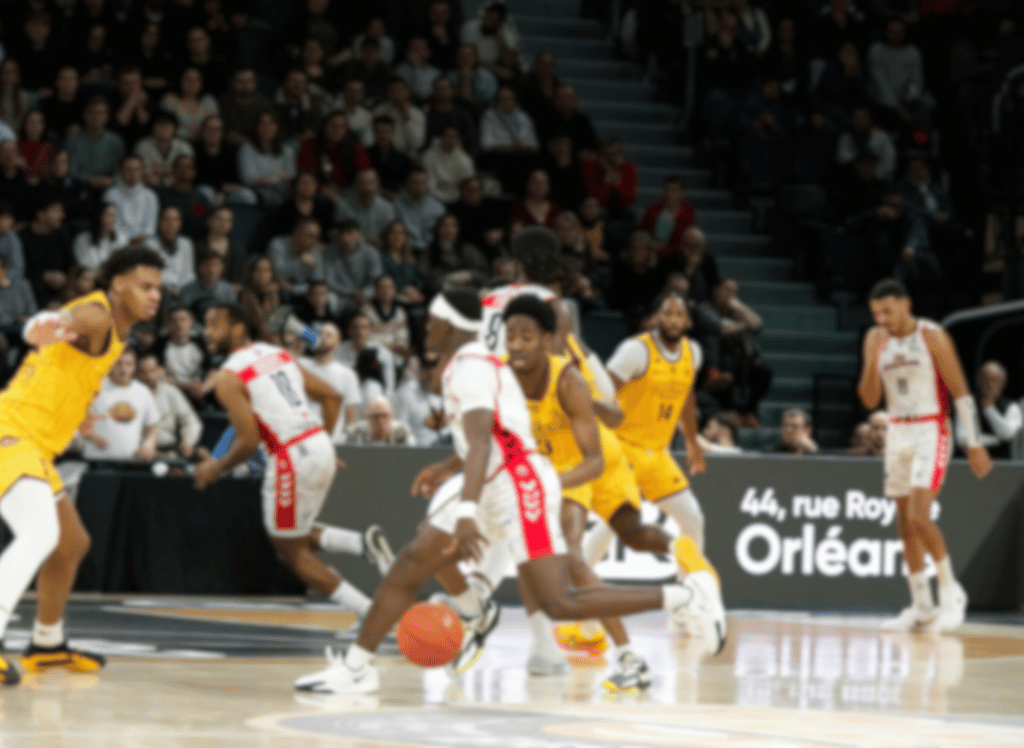The pick and roll is a fundamental basketball play that has stood the test of time. From the days of John Stockton and Karl Malone to today's game, the pick and roll remains a staple in the offensive arsenals of teams at every level.
This article will delve into the intricacies of the pick and roll, providing a detailed understanding of how to execute it, the roles of the players involved, and how to counter various defensive strategies.
The Basics of Pick and Roll Basketball
The pick and roll play begins with two offensive players working in tandem. One offensive player, typically the point guard, is the ball handler, while the other, often a post player, acts as the screener. The screener sets a screen, which is essentially a legal block, to create separation between the ball handler and their on-ball defender. As the ball handler uses the screen, the screener rolls toward the basket, looking for a pass and a potential scoring opportunity.
Roles and Responsibilities
In a pick and roll, the ball handler's primary objective is to create a scoring chance either by taking an open shot or by passing to the rolling screener. The screener must set a solid screen without committing an offensive foul, known as a moving screen. After setting the screen, the screener rolls to the basket with knees bent and eyes on the ball, ready to receive a pass or grab a rebound.
Setting the Screen: The Art of the Pick
Good screens are the foundation of effective pick and roll basketball. The screener must approach the defender guarding the ball handler at the correct angle, with their feet approximately shoulder width apart. A flat pick or a down screen can be used depending on the situation. The goal is to create a clear path for the ball handler while avoiding a moving screen penalty.
The Roll: Timing and Execution
As the ball handler s defender is screened, the screener rolls toward the basket. This roll must be timed perfectly; too early, and the defense can adjust; too late, and the window of opportunity closes. The screener should use a reverse pivot to turn and face the basket, maintaining a straight line drive toward the rim.
Ball Handler's Decision Making
If the screened defender goes under the screen, the ball handler can take an open jump shot. If the defender tries to go over the screen, the ball handler can drive to the basket or pass to the rolling screener. The ball handler's ability to make quick decisions is crucial to the success of the play.
Defensive Strategies Against the Pick and Roll
Defensive players have several tactics to counter the pick and roll. A hard hedge involves the screener's defender stepping out to confront the ball handler, while other defenders may switch, leaving one defender to guard the ball handler and another to pick up the screener. Teams at the NBA level often employ complex defensive schemes to disrupt the pick and roll.
Countering Defensive Adjustments
The offensive team must adapt to the defense's strategy. If the defense switches, the ball handler can exploit mismatches, such as a quick guard against a slower big man. If the defense uses a hard hedge, the ball handler can pass to the screener or use a flare screen to find an open teammate.
Variations of the Pick and Roll
The traditional pick and roll has evolved into several variations, including the pick and pop, where the screener sets the screen and then steps back for an outside shot. The corner pick involves setting the screen near the corner to open up three-point opportunities. Additionally, the back screen variation allows for plays like the alley oop.
Executing the Pick and Roll Correctly
Executing the pick and roll the correct way requires practice and understanding between the two offensive players. The ball handler must take no more than two dribbles to keep the play quick and efficient. The screener must roll to the basket with purpose, providing a target for the ball handler.
The Importance of Spacing
Proper spacing is essential for a successful pick and roll. The other offensive players must position themselves in a way that spreads out the defense, creating passing options and reducing the chance of help from other defenders. This often means positioning on the opposite side of the court or beyond the three-point line.
Training and Drills
Teams can improve their pick and roll execution through specific drills. Practicing setting screens at the correct angle and rolling to the basket with knees bent can help players develop muscle memory. Ball handlers can work on their decision-making by running pick and roll drills against different defensive scenarios.
Watching and Learning
One effective way to master the pick and roll is to watch clips of successful NBA pick and roll duos. Observing how players like John Stockton and Karl Malone executed the play can provide valuable insights into timing, spacing, and decision-making.
The Pick and Roll in Today's Game
In today's game, the pick and roll continues to be a dominant strategy. With the rise of versatile players who can handle the ball and shoot from distance, the pick and roll has become even more unpredictable and challenging to defend.
Summary
The pick and roll is a timeless basketball strategy that requires precision, timing, and chemistry between the ball handler and the screener. By setting good screens, making smart decisions, and adapting to defensive tactics, teams can effectively utilize the pick and roll to create scoring opportunities. With practice and analysis, players at all levels can incorporate this play into their offensive repertoire and elevate their game.









